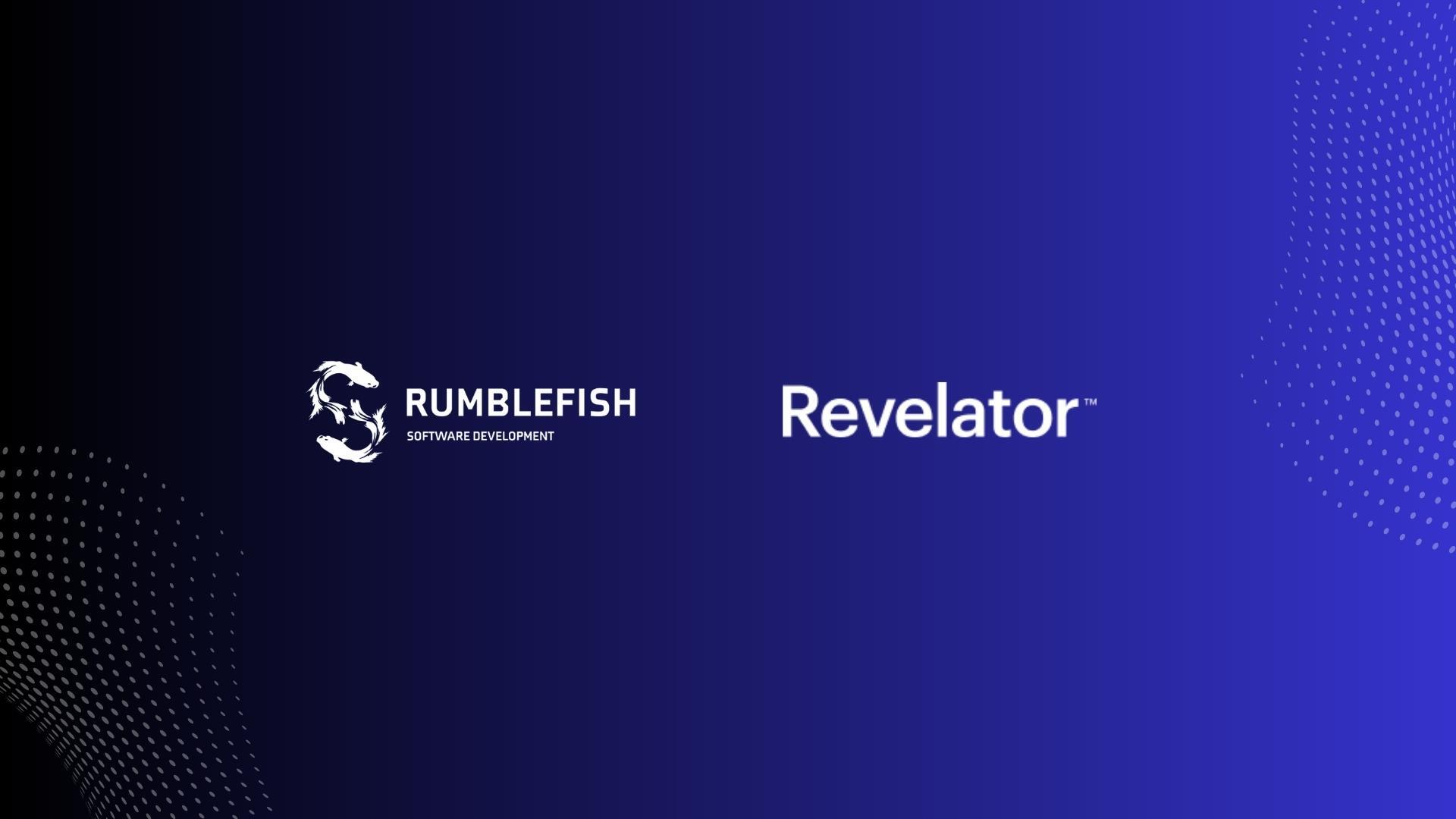Building a multichain Web3 system for the music industry
Thu, Jun 1, 2023 •8 min read
Category: Business Stories / Blockchain
an interview with the development team
Today, we talk with part of the team working with Revelator, one of our awesome customers, to understand the struggles, challenges, and joys of building a blockchain and cloud-based system that helps record labels, distributors, and music publishers manage their catalogs and assets.
Marek, you played a crucial role in this project, being a technical team leader and an advisor for the entire team. What’s your way of approaching those kinds of tasks?
[Marek]: The first step towards a successful outcome is to ensure that you understand exactly what your customer needs. They might not describe it in technical jargon or be very specific at first, but after working with customers for as long as I have, you certainly get a grasp of how to communicate well. So, the first step is to understand the vision and then translate them into technical specifications. Also, at Rumble Fish when we commence a new project we like to bring added value by proposing new features, introducing tools that might perform better than the ones our customers are used to, and generally by being a partner, not just a software vendor.
What were the key objectives and requirements of the development process with Revelator?
[Marek]: Revelator’s team was looking for an IT partner to help them enhance their Web3 features. They needed a dedicated NFT tool and blockchain royalty payments mechanism. They also knew that they didn’t want to be dependent on just one chain, so we had to refactor their backend to be compatible with multiple EVM blockchains - at this point, users can choose between Binance, Polygon, and Ethereum Mainnet, and we’re working to onboard more.
As for the NFT feature, the concept behind it was to enable record labels and music distributors to easily create NFTs to enhance fan engagement and introduce an additional revenue stream for music creators. So we wrote a set of smart contracts working together that transformed the digital art pieces into NFTs, listed them in the marketplace, and managed the process of purchasing them.
Were there any significant challenges or obstacles you encountered during the project? If so, how did the team overcome them?
[Marek]: When we first started, the codebase was a big monolithic API that we knew wouldn’t be able to perform on a bigger scale. What we had to do first, was to switch to microservice architecture and implement industry standards like AWS Lambdas, Subgraph, or separate different environments. It was quite a bit of work, but it paid off. Now the system is reliable, safe, and scalable.
Another challenge was the issue of encouraging traditional Web2 users, not familiar with crypto and without crypto wallets, to also sell/buy and manage the NFTs. To tackle this issue our team created Smart Wallet. It’s a really cool piece of software that enables non-crypto folks to take full advantage of Revelator’s Web3 features. In our case study, we describe how it works in more detail.

Kuba, can you provide an overview of the project and your specific role in it?
[Kuba]: As Marek mentioned, it was a very broad and complex set of microservices, integrated with the blockchain layer. I was responsible for various backend tasks, focused on microservices, cloud, and blockchain integration. As a team, we had to separate multiple parts of a monolith and create proper communication between microservices, Web2, and Web3 parts. In order to do so we came up with a few unique and highly scalable ideas. One of them, called "Operator Wallets" makes it possible for operators like Spotify or YouTube to perform transactions on a blockchain without owning a crypto wallet. That makes the whole system more accessible and UX-friendly for potential clients. It’s a great solution, which we’re very proud of. The team and I created a swift, safe, and transparent system in which the microservices combined with other AWS cloud tools and smart contracts work seamlessly and are integrated with all the best practices in mind.










